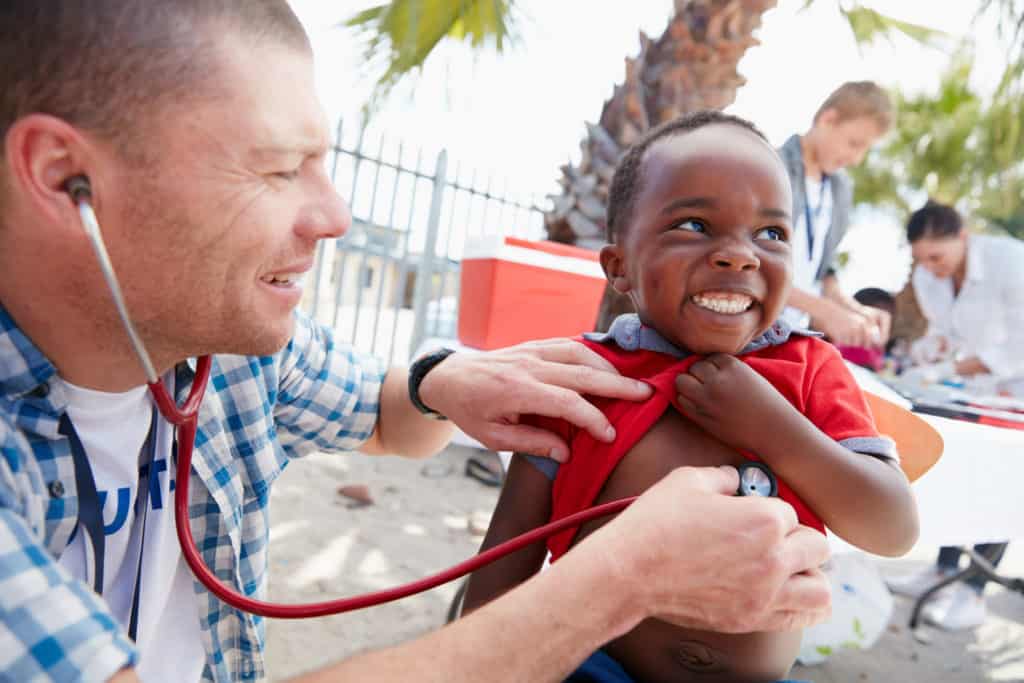
Seventh-day Adventist Christians are excited about their faith and heritage. When a group of believers possess a common desire to share the love of Jesus and prepare the world for His return,((See Acts 1:10-11; Revelation 1:7; Revelation 22:12, 20)) God can do amazing things.
Today, the Adventist Church is organized as a Protestant denomination with approximately 22 million members around the world. In just about every country, you can find an Adventist church or ministry working to grow the kingdom of God and help meet people’s needs.

Adventists as Servants to All
The Bible is straightforward about how sin and suffering are constant struggles for the world.((See John 16:33; Romans 3:23)) It also reveals God’s calling of His followers to help relieve the world’s suffering in any way we can,((Philippians 2:4; 1 John 3:17; Galatians 6:2; Proverbs 19:17; Acts 20:35; Matthew 25:35-40)) while also giving credit to God and telling of His desire to save each and everyone one of us.((1 Peter 3:15; 2 Corinthians 5:20; Ephesians 2:10; Mark 16:15; Matthew 9:37, 38; Isaiah 12:4; Luke 12:11, 12; 1 Corinthians 10:31))
“And Jesus came and spoke to them, saying, ‘All authority has been given to Me in heaven and on earth. Go therefore and make disciples of all the nations, baptizing them in the name of the Father and of the Son and of the Holy Spirit, teaching them to observe all things that I have commanded you; and lo, I am with you always, even to the end of the age.’ Amen.” (Matthew 28:18-20, NKJV)
That’s why, along with passionately spreading the Gospel message as part of the Great Commission (Matthew 28:16-20), Adventists also feel called to help people in the here and now—just as Jesus did in His earthly ministry.
This servant mindset is all throughout the Bible. Believers are called to “bear one another’s burdens, and so fulfill the law of Christ” (Galatians 6:2, ESV).
So what does it look like to “bear one another’s burdens”?
The “burdens” of humanity are vast. There is always someone, somewhere in need of help physically, mentally or spiritually.
Some don’t have their basic needs met, such as food, water and shelter. Others need a helping hand when caught in a struggle. Even more have deep spiritual needs, longing for direction, purpose and understanding.
To rise to these occasions and answer Jesus Christ’s call in Matthew 4:19 to be “fishers of men,” you can find Adventists across the globe engaged in the following:
- Worldwide humanitarian work
- Disaster relief
- International volunteers (including a support program for individual missionaries)
- Satellite television and shortwave radio
- Publishing
- Educational institutions, from elementary to higher education
- Hospitals, sanitariums and clinics
- Global, large-scale mission work
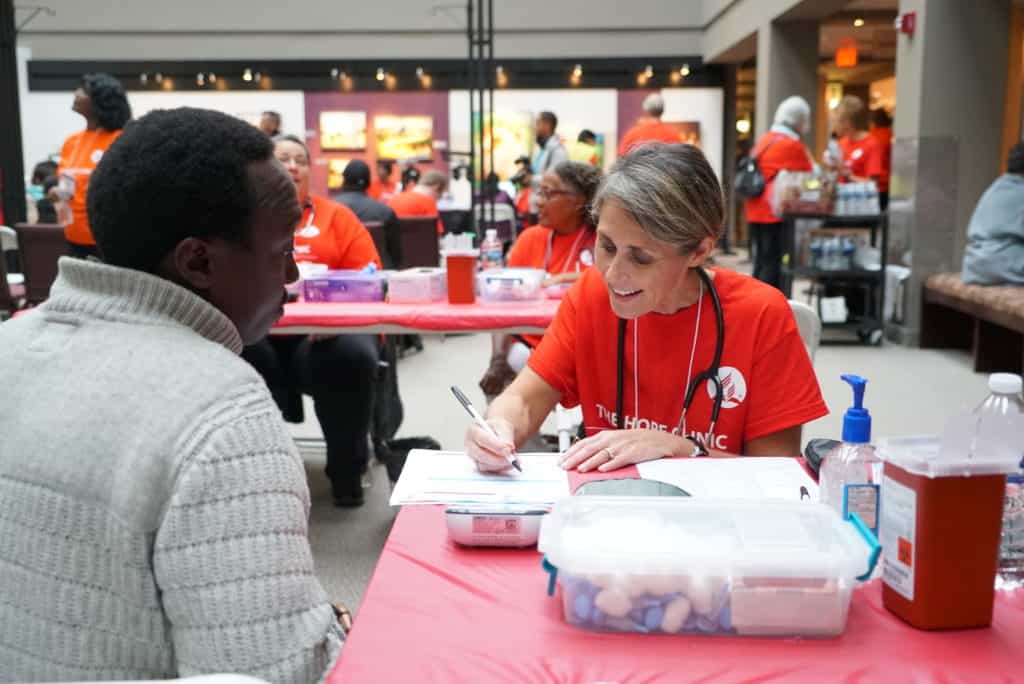
Adventists as Missionaries
It’s easy to picture a missionary as someone who travels to a distant land with Bible in hand, ready to convert the local population and maybe help them out with building a church, digging a well, or handing out medical supplies.
While there is a place for each of those things in mission work, Adventists believe it involves far more. Mission work is not a one-time thing, and missionaries consider themselves as equals with the local population. They are there to help, to build relationships, and to share what they’ve learned about Jesus Christ to those who will listen.
Global Mission is run by Adventist Mission, an official department of the General Conference of Seventh-day Adventists. Global Mission’s presence spreads across nearly 200 territories around the world, with six Mission Center locations overseeing the program.
One of these centers, the Global Mission Urban Center, focuses on a surprisingly neglected area of mission work—the cities. The world has more than 20 “megacities” with more than 10 million people who may never have heard the true message of the Gospel, Others may need help with life skills like money management, resume writing, literacy, and more.
Learn more about Urban Missions
There are also many other missionary programs Adventists participate in. Adventist Volunteer Services connects willing individuals or groups all over the earth to help them use their talents for God. These volunteers seek to reach people through evangelism, medical or dental care, media, education, humanitarian aid, community development and more.
Adventists are prepared for service in any part of the world, whether rural, island, urban, or suburban. Missionaries aren’t only needed in the far reaches of the desert or secluded islands.
This holistic approach to mission work stems from the Bible’s emphasis on simply helping those who need it.
“For the poor will never cease from the land; therefore I command you, saying, ‘You shall open your hand wide to your brother, to your poor and your needy, in your land.’” (Deuteronomy 15:11)
After people’s physical needs are met, Adventists seek to comfort those who are searching spiritually, pointing them to Jesus Christ—Who alone can provide freedom, healing and hope.
Learn more about the variety of Adventist missionary programs!
Adventist Development and Relief Agency (ADRA) is the primary Adventist organization for disaster relief on an international level. Steadily growing since its founding in 1956, ADRA now has presence in more than 130 countries.
Transformation is key in ADRA’s organizational philosophy. Not only does ADRA want to help people where they are, but also to give people the tools they need to transform their future lives.
From its beginnings, ADRA’s mission has been to “work with people in poverty and distress to create just and positive change through empowering partnerships and responsible action.”((About ADRA))
Because of ADRA’s diligence in service, the United Nations granted the organization General Consultative Status in 1997. For non-governmental organizations, this is the highest status offered. It opened new doors for significant growth.
In efforts to help people from a wide range of living conditions, ADRA confronts the root of suffering: poor health. By focusing on community development through a case-by-case approach, the uniqueness of each community is considered. Often this includes organizing health and educational facilities.
ADRA is also an emergency response organization. As disasters occur, help arrives onsite is offered to any and every person affected.
A few major disasters ADRA assisted with are:((Items most recently noted at https://adra.org/impact-areas/disaster-relief/))
- Cyclone Fani in India and Bangladesh
- Cyclone Idai in Mozambique, Malawi, and Zimbabwe
- Earthquake and tsunami in Indonesia
- Hurricane Maria in Puerto Rico
According to 2017 stats:((Stats based on 2017 annual report: https://adra.org/wp-content/uploads/2022/08/2017-ADRA-Annual-Report.pdf))
- 11 million people helped
- 7,000 staff, 53,000 volunteers
- 131 countries
- Beneficiaries by sector (top 4)
- Food security 2.9 mil
- Health 2.8 mil
- Wash 1.7 mil
- Emergency response 1.2 mil
- Beneficiaries by region
- Africa 5.5 mil
- Asia 3.4 mil
- Mena 1 mil
- Euro-asia 500k
- South America 240k
- Inter-America 170k
- Europe 140k
- South Pacific 58k
- North America 25k
Learn more about ADRA at adra.org.

Adventist Community Services (ACS) is the official community outreach ministry of the Seventh-day Adventist church in the North American Division. This branch of holistic mission work is dedicated to extending assistance to individuals in all types of communities throughout the United States, Canada and the Guam-Micronesia collection of islands.
Throughout Jesus’ ministry is a genuine approach toward making people “whole”— especially those who were marginalized, disadvantaged, or disenfranchised from society. These included the poor, the sick, the “unclean,” the prostitutes, and tax collectors—all outcasts considered sinful people by the religious leaders of Jesus’ day.
But Jesus expanded the Kingdom of God to places, people, and cultures the Jews had never considered God to be interested in. He set this example for all of us to follow.((See Matthew 9:10; Matthew 21:31; Romans 14:14))
ACS began in 1879 as the “Dorcas Society,” after the woman known for her good deeds in Acts 9:36-42. It started out as collective of small groups that gathered to provide clothing and food to local families, and eventually organized to become a department of the General Conference.
Today, ACS has more than 1,250 locations dedicated to support the mission of the Adventist Church. Many engage in special projects or support local need-based ministries. Learn more at communityservices.org.

Adventists for Religious Liberty
Public Affairs and Religious Liberty
Determined to advocate for religious freedom for all people, the Adventist Church’s General Conference has a department devoted to Public Affairs and Religious Liberty (PARL).
There are PARL leaders throughout each of the 13 world divisions of the Adventist Church. This department also has an active role working with the U.S. Congress and the United Nations to protect religious and human rights of all people.
The day-to-day work of PARL resembles that of a country’s foreign ministry—representing the church before governments, international organizations, and various non-governmental associations1.
Along with the diplomacy of PARL, the organization is also involved in many events and communication outlets. The events range from large to small, but one notable event is the World Congress for Religious Freedom that PARL organizes every 5 years.
In their communications, they publish regular news reports, articles, academic papers, books, and an annual World Report on Religious Freedom2.
International Religious Liberty Association
PARL also sponsors the International Religious Liberty Association (IRLA) on behalf of the Adventist Church. IRLA is a non-sectarian organization supporting religious freedom around the world3.
Though run on the church’s behalf, IRLA works with people of many religions—Catholics, Baptists, Muslims, Jews, Mormons, Buddhists, and others—in order to support religious liberty3.
For PARL and IRLA, what matters is not which religion people practice, but that they have the right and freedom to practice their religion.
Want to find out how Jesus gives us freedom, hope and love? Sign up for free online Bible studies.
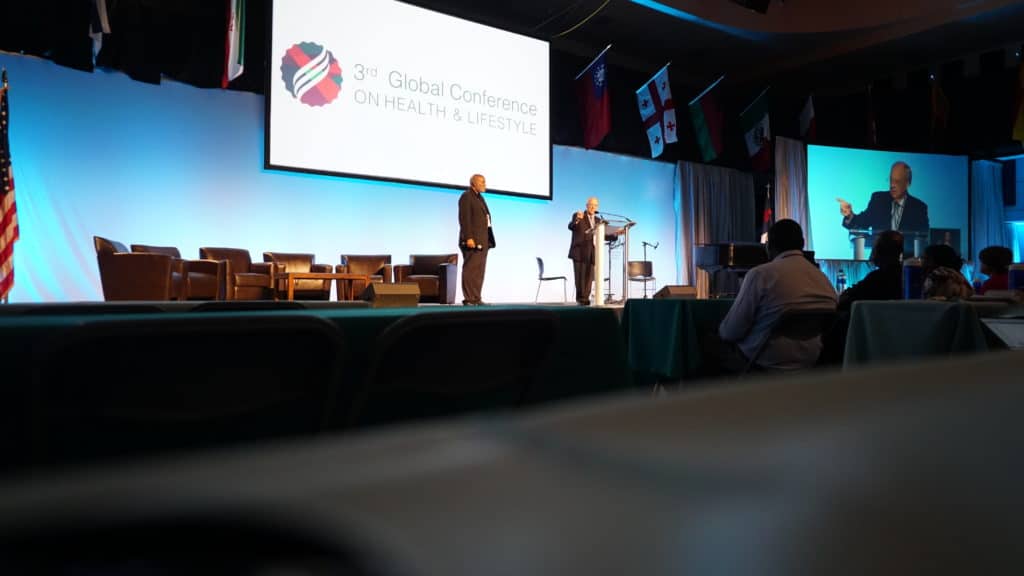
Adventists for Health and Wellness
1 Corinthians((See 1 Corinthians 6:19, 20; 1 Corinthians 3:16, 17)) tells us that our bodies are “temples.” Adventists regard that as part of God’s call for us to take care of our bodies and minds.
Adventists have historically stayed on the forefront of health reform, supporting a lifestyle as close as possible to the ideal—the Garden of Eden.
“And God said, ‘See, I have given you every herb that yields seed which is on the face of all the earth, and every tree whose fruit yields seed; to you it shall be for food.’” (Genesis 1:29).
While no one can have perfect health, striving for Eden-like living can help keep our minds and bodies able to enjoy life and serve God.
To support clean, healthful lives, Adventist Health Ministries promotes good nutrition, regular exercise, water, sunlight, fresh air, rest, abstaining from alcohol, tobacco, and mind-altering substances, and trusting in God.
Adventist Health Ministries is guided by a four-part foundation: inspiration, evidence, balance, and relationships. (Visit healthministries.com/whoweare/ to learn more about each foundational principle.)
To promote these principles around the world, especially in areas with poor health and limited education, Adventist Health Ministries has locations in Brazil, Russia, Peru, Australia, Jamaica, Chile, Lebanon, Sri Lanka, and more.

To expand health ministries to further levels of needs, Adventists own and operate 198 hospitals all over the world. The AdventHealth hospital system is the largest network of health care providers in the United States. In keeping with the principles of health stated above, AdventHealth’s mission is to “extend the Healing Ministry of Christ around the country.”((https://www.adventhealth.com/mission-and-history))
The roots of this organization can be traced back to 1866, during a time many medical treatments were as harmful as the conditions they attempted to cure. The founders were just a small team of Adventist medical pioneers in Battle Creek, Michigan, but they were considered revolutionaries for their belief that preventing disease was just as important as treating it.
AdventHealth was officially founded in 1973. Today it has an active presence in Colorado, Florida, Georgia, Illinois, Kansas, Kentucky, Missouri, North Carolina, Texas, and Wisconsin.
In each state there are various facilities available to the public, including hospital and emergency rooms, urgent cares, pharmacies, and rehabilitation services.
Adventist Health is another network of hospitals throughout Washington, Oregon, California and Hawaii. This network includes 20 hospitals and 250 clinics.
Still more medical centers cover the globe, such as the Philippines, Haiti, Japan, Bangladesh, Taiwan, Ukraine, Brazil, Norway and more.
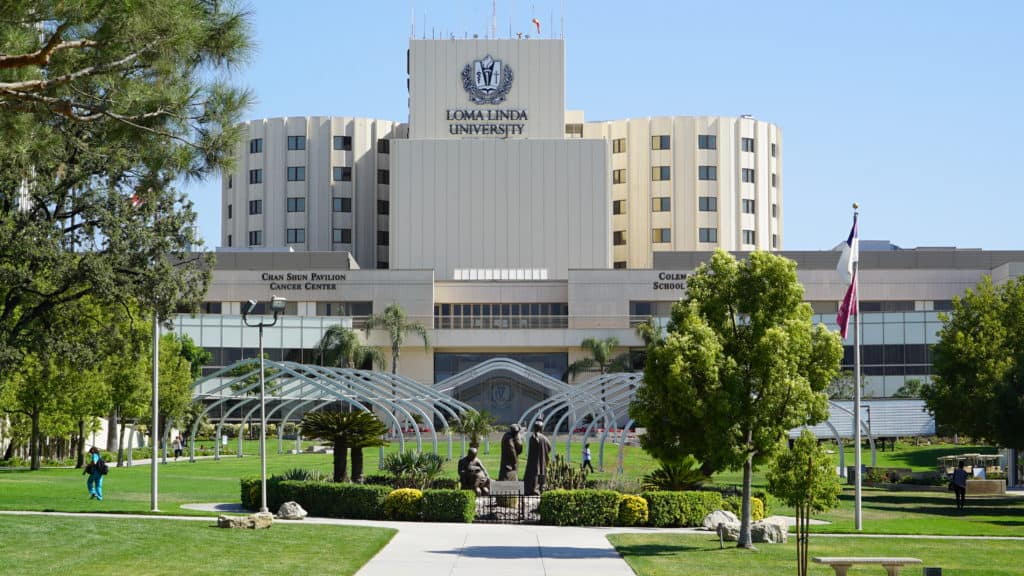
Loma Linda University Medical Center (LLUMC), is another prominent medical organization and serves as the Adventist Church’s primary teaching hospital.
LLUMC has been in the news countless times for innovative medical research and procedures and is home to the United States’ first hospital-based proton treatment center for cancer.
Its governing body, Loma Linda University Health, is recognized as a leader in providing the highest levels of patient care and was ranked among the top hospitals in the metro area for 2019-20 by U.S. News & World Report.

Adventist Education
Adventist education was originally established to provide a better learning environment than what was available in the mid-1800s. Since the birth of Martha Byington’s first church school in 1853,((https://v1.adventisteducation.org/abt.html)) Adventist education has grown into one of the largest Christian educational systems in the world.
According to the Seventh-day Adventist World Church Statistics from 2017, there are 8,515 schools spread across nearly 150 countries, with nearly 2 million students attending. This includes primary schools, secondary schools and higher education4.
Today’s focus for Adventist Education is to continually strengthen these institutions as a safe and productive environment for optimal learning. Adventist schools seek to educate the whole person, preparing each student to do more than just pass tests. The goal is to train students to be good citizens of their communities.
Among the many Adventist higher learning institutions around the world, the two most prominent are Andrews University in Michigan and Loma Linda University in California.
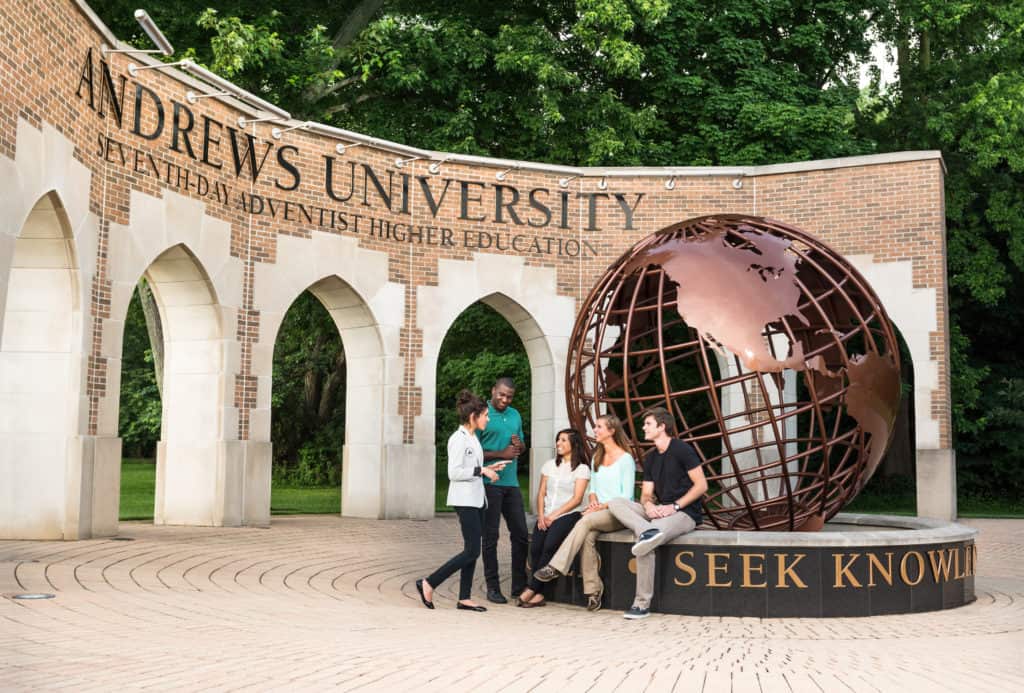
Andrews University is the most well-known Adventist educational institution in the world, named after John Nevins Andrews, who was the first official Adventist missionary.
According to “U.S. News and World Report,” Andrews is one of the most culturally diverse universities in the nation. It offers undergraduate, graduate, and doctoral degrees, as well as a thriving study-abroad program. Student missionaries are trained and assigned through Andrews University as well.
Andrews is also home to the Adventist Theological Seminary, established in 1936. Here, pastors and leaders are trained to lead congregations and provide spiritual mentorship. Fully accredited,(()) it is one of the most ethnically and linguistically diverse seminary campuses in North America.
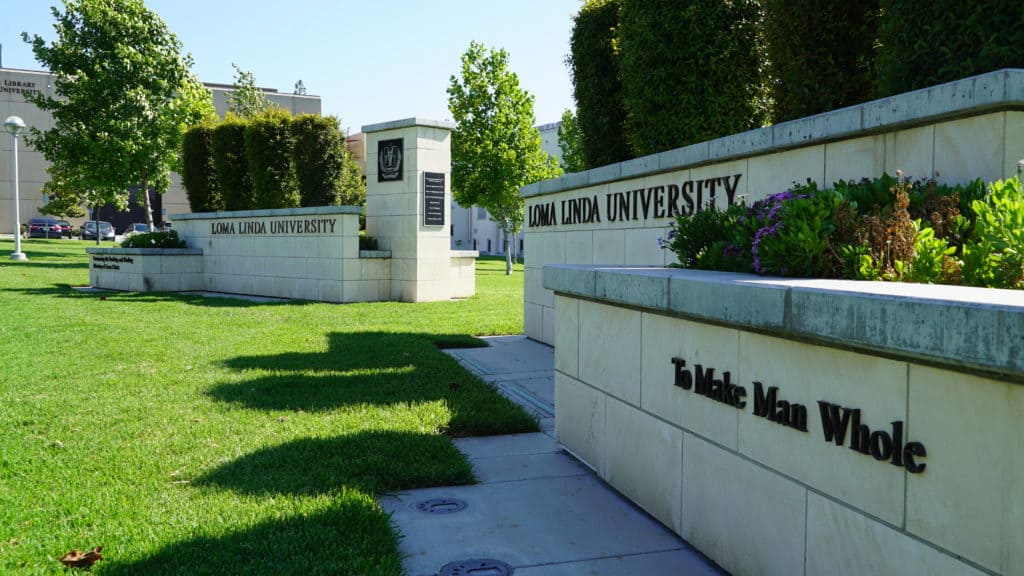
Loma Linda University is a medical school in Southern California, which operates in cooperation with Loma Linda University Medical Center (see above). It is made up of 8 schools that share campuses with 6 hospitals for hands-on training.

Adventist Proclaiming the Good News Through Evangelism
In word and deed, Adventists seek to share the good news of the Gospel to all people. In the name of evangelism, the Adventist Church has established multiple programs designed to reach specific audiences and address their unique needs.
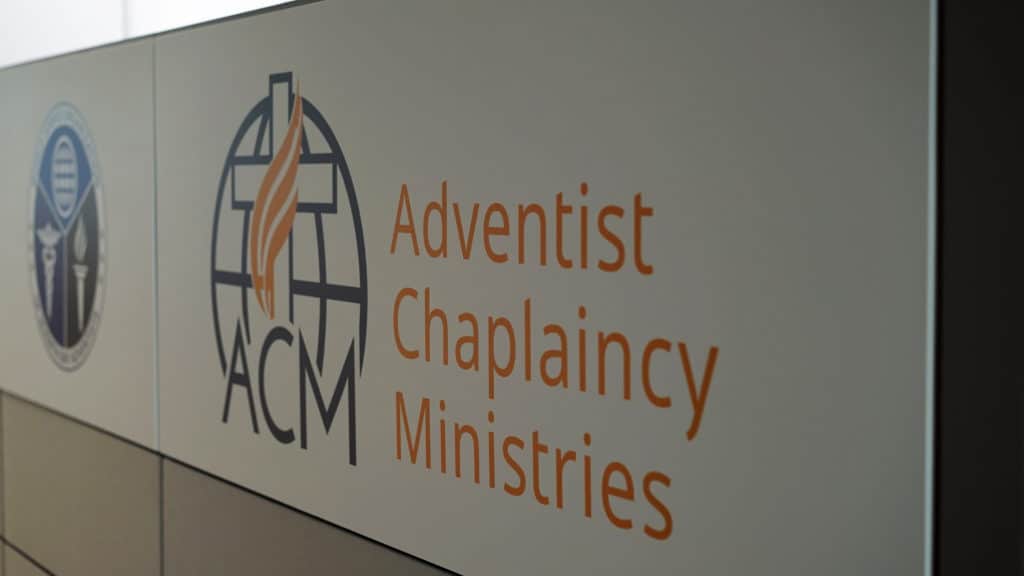
Adventist Chaplaincy Ministries (ACM) is a department of the General Conference that establishes denominational standards for chaplaincy ministries. These standards are used in the education and training of Adventist chaplains, empowering individuals for this highly influential position.
ACM has five specific areas((https://www.adventistchaplains.org/about-acm/)) where trained chaplains can minister:
- Campus—both Adventist and secular colleges and universities
- Community—police, firefighters, and the workplace
- Corrections—prisons and other correctional facilities
- Health care—hospitals, clinics, long-term care facilities, hospices, and private homes
- Military—all branches
Public Campus Ministries is an office of ACM specifically targeted for Adventist students on public colleges and university campuses around the world.
PCM empowers Adventist students to be Christ’s ambassadors on these campuses. The training these students receive is different from formal chaplaincy training. Ambassadorship is accomplished through intentional mentoring and discipleship5.
An estimated 1.5 million Adventist students study at public and private campuses. Ambassadors of PCM aspire to reflect Jesus to the young adults they come in contact with5. Many will establish Bible study groups or provide emotional and spiritual support for students that come to them with questions.
A thriving publishing ministry is an integral part of Adventist history. Building a publishing house was a core contributor to the spreading of the early Adventist message. The church only had a few hundred members in the 1840s, but by 1863 the Adventist Church was officially established with 3,500 members.
Much of this growth is credited to James White and the publication The Present Truth, which is the present-day Adventist Review. Despite White’s lack of funds, he was determined to get 1,000 copies printed and in the hands of many.
Concerned the publication was printed on Saturday, the Sabbath, White and early Adventists voted to establish a publishing house in New York. In 1853, the first publishing house began printing The Second Advent Review and Sabbath Herald. In 1870, the church opened Tract Societies as bookstores to make literature easily available. This boosted the engagement of church members in circulating the publications and strengthened the passion for mission within the church.
This evangelistic distribution of inspiring content burgeoned even more in 1881. George King was the first Adventist “literature evangelist” and began going door-to-door to spread the good news of the Gospel. He also recruited and trained more literature evangelists, which contributed to the expansion of the Adventist Church outside of the United States.
While handing out literature is less common today, this ministry remains vital for those who crave human interaction along with answers to their spiritual questions. Nearly 45,000 literature evangelists contact more than 30 million people per year.
To support this ministry and many others, the Adventist Church has 63 publishing houses that produce literature in more than 250 languages. The books and magazines printed by these organizations share the values and principles of personal Bible study, healthful living, family and relationships, and more.
Learn more about the Adventist Church’s publishing ministry.
Want to learn what the Bible teaches about service to humanity? Sign up for our Bible studies to find out today!

Television ministries also assist in reaching all God’s children. A worldwide audience regularly watches these Adventist channels and networks.
Hope Channel, along with Esperanza TV, is the official television network of the Adventist church and was founded in 2003. Programs through Hope Channel are focused on holistic Christian living when it comes to faith, health, relationships, and community, and there are a variety of ways to watch this programming6.
What started as a small United States organization grew into a global network. It now has more than 50 channels that cover 5 continents as well as the Pacific islands7. Learn more at hopetv.org.
Adventist-Laymen’s Services and Industries (ASI)
To support Adventists in their daily Christian walk while involved in their careers, ASI was formed in 1904 near Nashville, TN. This network of professionals and ministry leaders regularly meet together for an annual convention and regional meetings throughout each year. ASI has provided guidance and resources for many prominent supporting ministries of the Adventist Church, such as:
- Voice of Prophecy is a media ministry featuring weekly radio broadcasts from hundreds of radio stations in North America. Programming is available for all ages, as well as a comprehensive Bible study course with accompanying resources. Learn more at voiceofprophecy.com.
- It Is Written is a weekly television program featuring uplifting and educational content that applies biblical truths to daily life. It Is Written also supports various humanitarian projects and provides evangelism training resources. Learn more at itiswritten.com.
- Maranatha Volunteers International is a nonprofit organization that organizes short-term mission projects around the world. Most of these projects involve construction, such as a school in a remote village that needs a new classroom added, or a church building that needs significant repairs. Maranatha has brought dedicated volunteers together for 50 years and has served in over 80 countries. Learn more at maranatha.org.

Adventists in Worship, Ministry and Fellowship Near You!
The most important ministry of the Adventist Church, however, is in its grassroots. Chances are, there is an Adventist congregation who regularly worship near you.
This is where communities are formed, relationships are built and strengthened, people are baptized. This is where people gather to study the Bible and worship Jesus Christ. This is where you are welcome, no matter who you are.
There are more than 86,000 Adventist churches across the globe, and approximately 20.7 million members attend.
In addition to a worship service, Adventist churches offer weekly Bible study classes, or Sabbath school, often categorized by age. This way peers can study together regularly, then join the rest of their church family in corporate worship during the main service.
In addition, many Adventist churches offer various programs to support their congregations and communities:
- Small group Bible studies
- Support groups
- Fellowship dinners
- Children’s programming
- Health fairs
- Interest-based ministries
These programs vary from church to church, depending on the needs of the community. Each church is different, even though we’re all studying the same Bible.
You can find a 50-member church, a 400-member church, or a megachurch-sized congregation with thousands of members.
You might wish to attend worship in a formal sanctuary, in an outdoor location, or in the homes of members.
You may find a congregation that organizes hikes in the mountains every Sabbath afternoon.
As a worldwide church, the unique qualities of each congregation are encouraged and celebrated.
Adventists everywhere excitedly participate in all these ministries because of their love for God and because they feel the urgency of preparing for Christ’s Second Coming. They know the Advent Message and the Good News of the Gospel is not only for those already on the membership books of a church, but for all God’s children.
Learn more about the Advent Message!
Start your personalized Bible study today.
- https://www.adventistliberty.org/ [↩]
- https://www.adventistliberty.org/world-report [↩]
- https://www.adventist.org/religious-liberty/ [↩] [↩]
- https://www.adventist.org/statistics/seventh-day-adventist-world-church-statistics-2016-2017/ [↩]
- https://pcm.adventist.org/about-us/ [↩] [↩]
- https://www.hopetv.org/footer/about/about/ [↩]
- https://www.hopetv.org/about/ [↩]

